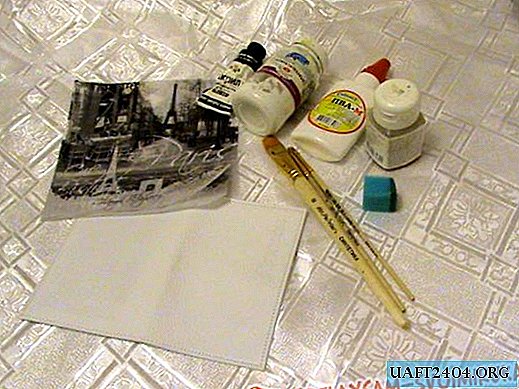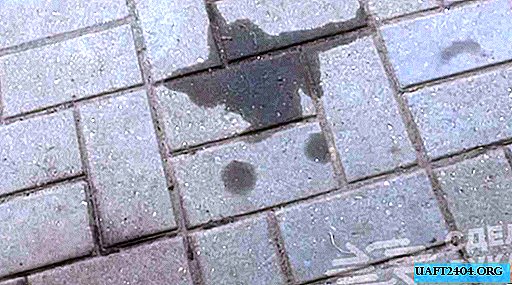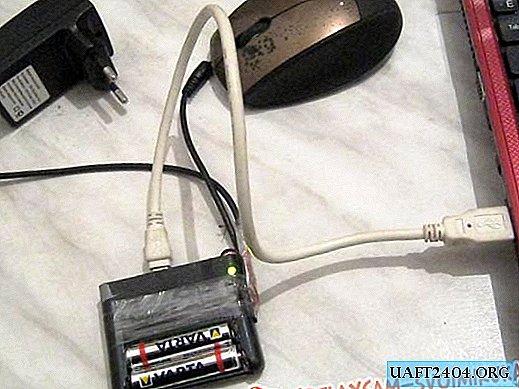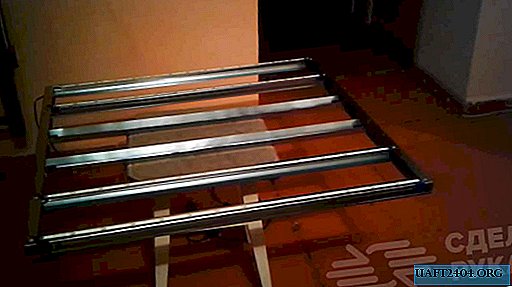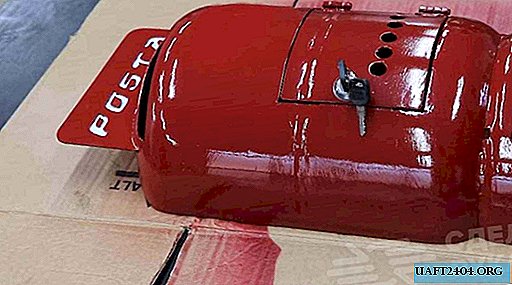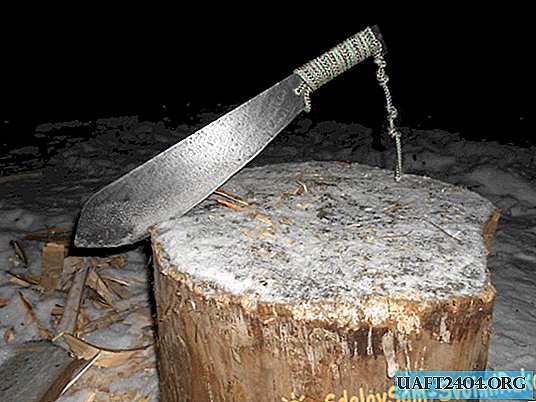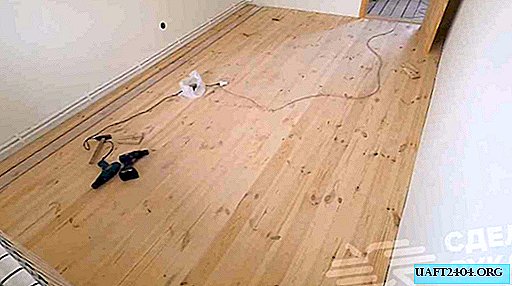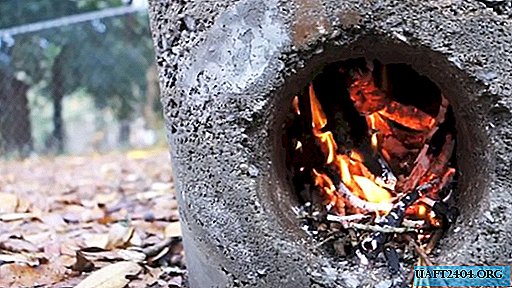
Various rubbish is constantly accumulating in the summer cottage: small branches, cones, combustible household waste, etc. All these materials can be used as fuel.
What you need to prepare
An old plastic bucket from under construction materials with a capacity of about 20 liters, any cement-based mixture and a piece of plastic pipe of 10 cm, the length should be greater than the sum of the diameter and height of the container. To fill the mortar, you need to use a cologne and a ironer, the pipe is cut with a circular rotary cutting saw. A plastic bucket is cut with a hacksaw for metal.

Manufacturing technology
Install the pipe on the sawing machine and cut one end of it at a right angle and the other at a 45 degree angle. These blanks require two pieces. The length of one should be 8-10 cm longer than the radius of the container, and the second should be as much larger than the height of the bucket.

Place the pipe vertically and circle it on thick paper, this way a template is made to draw a hole in the bucket. Cut the circle with the mounting knife.

Place the template on the side of the bucket and draw a circle. The distance from the bottom is about ten centimeters.

On the line, drill a hole with a diameter of 3-5 mm, cut a large circle. Insert the cut into the hole with an oblique cut inward. In the future, the second piece will be adjacent to it, at the junction angle of 90 degrees. Inside the formed hole there will be a combustion chamber for small branches.

Take out the bottom pipe, pour dry cement-sand mortar to the bottom, insert it into place.


Spill the mixture with water until completely absorbed.

Then place a vertical pipe, precisely align the cut ends. In layers about 10 cm thick, sprinkle the mixture and moisten with water. Align the top surface with a trowel to fill the container.

Allow about an hour to set the mortar and carefully remove the plastic pipes. Leave the container overnight to set.

Remove the concrete structure from the bucket, for this, cut the plastic with a hacksaw and remove it. Work with a hammer and a chisel. Do not damage the concrete, if it has not gained sufficient strength, then give more time.


Test the functionality of the furnace, light a fire in it. As supports for the pan, you can use narrow segments of ceramic tile.


Everything is fine - start cooking.

Conclusion
One of the significant advantages of such a furnace is its strong traction, which allows the use of raw twigs.


